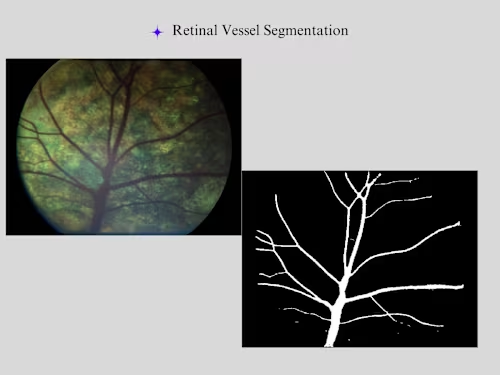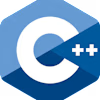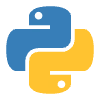
Advanced Computer Vision Solutions for Healthcare
Contact for pricing
About this service
Summary
What's included
Trained Model for Medical Image Analysis
A deployable model file designed to meet healthcare requirements, capable of performing tasks like disease detection, segmentation, or classification.
Source Code
Fully documented code for data preprocessing, model training, and inference, organized for easy understanding and future updates
Data Processing Scripts
Scripts for preparing medical data (e.g., normalization, augmentation) to ensure consistent input quality for accurate results.
Demo Application or Prototype
An interface (e.g., web or desktop app) demonstrating the model's functionality, allowing end-users to test and understand its capabilities.
Skills and tools
ML Engineer
Healthcare IT Support Specialist
AI Developer

C++

OpenCV

Python

PyTorch

TensorFlow
Industries
